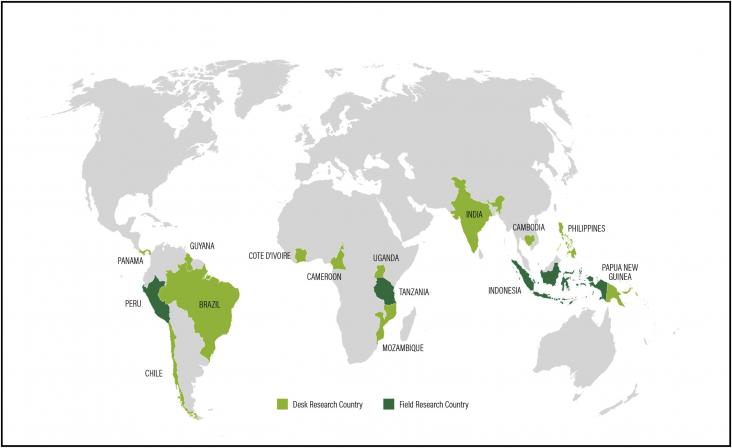Handbook of Algal Biofuels. Aspects of Cultivation, Conversion, and Biorefinery, 2022, Pages 167-179
Handbook on the Toxicology of Metals (Fifth Edition), Volume I: General Considerations, 2022, Pages 137-182
Ethiopia has experienced rapid urbanization over the past three decades. Several cities expanded rapidly and many satellite towns sprung up around the major cities.

Mohammadreza Daneshvar, Behnam Mohammadi-Ivatloo, Kazem Zare, 'Chapter 9 - A case study in the hybrid energy network with 100 percent renewable energy resources and future directions', Editor(s): Mohammadreza Daneshvar, Behnam Mohammadi-Ivatloo, Kazem Zare, Emerging Transactive Energy Technology for Future Modern Energy Networks, Academic Press, 2023, Pages 135-149, ISBN 9780323911337
The concept of “Smart City” has been proposed by governments, the business community, advocacy groups, and research institutions as a means to solve common urban problems and improve the quality of
